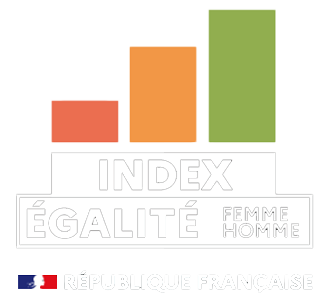Our skills IT at the service of your projects
Special systems for demanding needs
It is estimated that in 2021, the global document content management market was valued at approximately US$7.32 billion in 2020 and is expected to reach US$12.03 billion by 2028, growing at a compound annual growth rate of 6.5% during the forecast period 2020-2028.
The global document content management market includes all software solutions, platforms and services that enable organizations to effectively manage their digital content, whether it is documents, media, data or any other type of content.
The different types of document content management
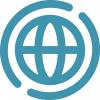
CMS
Content Management System
CMSs offer easy-to-use content publishing features, customization options, plugins and themes.

DAM
Digital Asset Management
DAMs focus on managing digital assets: images, videos, and audio files. Some can handle a wider range of formats.

DMS
Document Management System
DMSs or EDMs (Electronic Document Management) systems make it possible to centralize and organize the management of all a company’s documents.
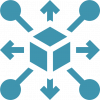
CSDB
Common Source Databases
CSDBs refer to a common database used to store information shared by multiple systems or applications helping to streamline business processes.
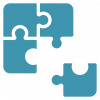
ECM
Enterprise Content Management
These are comprehensive content management systems for businesses, often covering the functionality of several other types of systems, such as DMSs and DAMs.
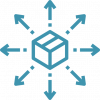
CDM
Content Delivery Management
A CDM aims to streamline content distribution by enabling centralized management and personalization of content according to the different channels and target users.
Agility and versatility
The market for document content management information systems requires skilful use of implementation, training, and user support services.
Integrating and deploying these solutions require the use of best practices and the application of well-tested operational experience.
It is important to note that 4D Concept’s solutions offer a unique combination of these systems, which make them successful and popular solutions:
ADAM SUITE
ADAM is a full-featured documentation workbench, and the core of its functionality is based on a CDM that is contextualized to the standards in use for the transport and defense industries, which qualifies it as a CSDB. The technological foundation makes it possible to support large volumes of illustrations and media, and to include it in a digital asset management family with a business specialty.
.
Heysquid
This is an ECM for quickly managing any type of content, metadata or binary file, assembly or isolated object. It is therefore a versatile tool that takes on both ECM and DAM functionalities depending on the contextualization you give it or choose.
The level of customization and its web technology make it a CMS. Thus, its easy integration will ensure that you can centralize feeds from all your other systems offering APIs or import and export capabilities. Used as a Delivery platform by many companies, Heysquid is a premium choice for anyone who wants a customizable CDM.
The market for document content management information systems requires skilful use of implementation, training, and support services for users.
Integrating and deploying these solutions require the use of best practices and the application of well-tested operational experience. This is what we provide.
Implement our information systems into your architecture, together.
4D Concept organizes integrations that meet the needs of the Information Systems Departments (ISDs) of its customers and its technological partners.
We know that these needs can vary depending on the size of the company and its information system. Typically, an IT department wants an integration team that can ensure that systems are implemented efficiently, meeting quality, security, performance, flexibility, and communication criteria.
Implementation quality:
4D Concept solutions are successfully implemented, meeting deadlines, and ensuring quality implementation.
Working together:
The integration team works closely with various departments and end users to ensure that the new systems meet the business needs.
Versatility
The integration team adapts to changes in direction and unforeseen requirements that may arise during the integration process. Agile methodology is typically applied for these types of projects.
Communication
The 4D Concept integration team communicates effectively about progress, issues and solutions to ensure proper project tracking.
Security and compliance:
We ensure that systems comply with information security standards and regulations, and protect data from both internal and external threats.
The right infrastructure for our information systems.
The goals of information systems (IS) deployment are to maximize operational efficiency, optimize costs, and improve user satisfaction.
Companies use a variety of deployment work strategies to accomplish these objectives.
For this reason, 4D Concept provides a variety of work strategies in order to satisfy the unique deployment requirements of its customers and partners.
Deployment automation
Deployment automation reduces human error and increases efficiency by automating repetitive tasks found in testing and rollouts.
DevOps
DevOps involves development and operations teams working together to improve work collaboration and define processes and tools to formalize, systematize, and simplify the testing, integration, and deployment cycles.
Cloud Computing
Cloud computing enables organizations to deploy applications faster without heavy capital expenses (CAPEX) by using the shared computing resources of an IT resource service provider (OPEX).
Configuration management
Configuration management makes it possible to maintain an up-to-date view of all the components of an information system, as well as their version, which makes it easier to update and deploy specific integrations.
Containerization
Containerization allows you to group the dependencies and configurations needed to run an application across a set of isolated containers, while limiting adherences to environments.
Focus on DOCKER
DOCKER is a containerization tool that makes it easier to manage application deployments. It allows you to group the dependencies and configurations needed to run a service into an isolated container, making it easier to port applications to different environments. It also makes it easier to deploy, scale and maintain applications. The use of containers reduces the costs associated with using virtual machines for each application.
Our goal is continuous improvement at your service.
ISO 9001
Our company is proud to be ISO 9001 certified, an internationally recognized standard for the quality of our products and services.
This certification ensures that we have a rigorous and effective quality management system in place, and that we are committed to continuously improving our performance to meet our customers’ needs and expectations.
We believe that this certification is a guarantee of quality for our customers and a key factor in our long-term success.
ISO 27001
The ISO 27001 standard is an international standard that defines the objectives and policies to be implemented in terms of security.
It aims to improve the audit, maintenance and continuous improvement of an information system through an information security management system (ISMS).
This standard was designed to help companies measure and continuously improve its system, protect sensitive information against internal and external threats, ensure its integrity and improve its availability.
Achieving ISO 27001 certification has several advantages for 4D Concept:
- It shows customers, partners and regulatory authorities that the company applies best practices, that it has implemented, measures and maintains the highest level of security.
- It proves that 4D Concept has identified all risks and has defined procedures and measures to address them, to ensure the resilience of the company to security incidents. As an example, the implementation of our DRP is one measure among 114 others.
For further information
Discover our range of products
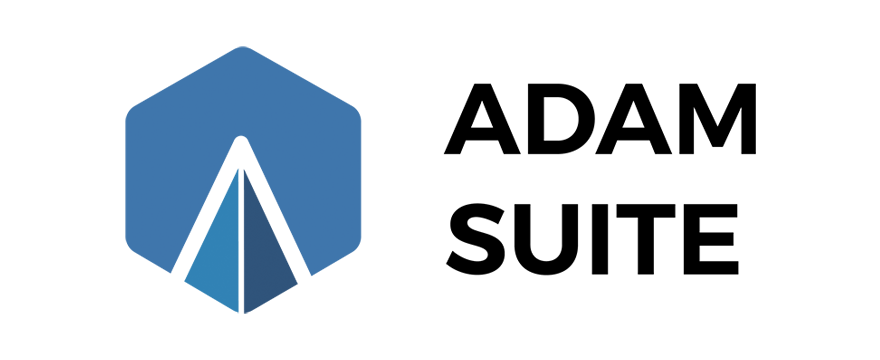
DOCUMENT WORKSHOP
Your editorial solution for producing technical documentation to ASD S-series and AIA ATA standards
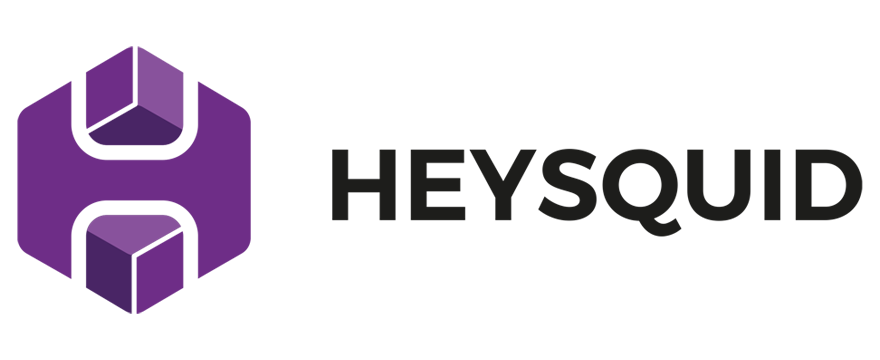
HYBRID CONTENT MANAGEMENT
Enterprise Content Management and Electronic Document Management System for all digital formats


